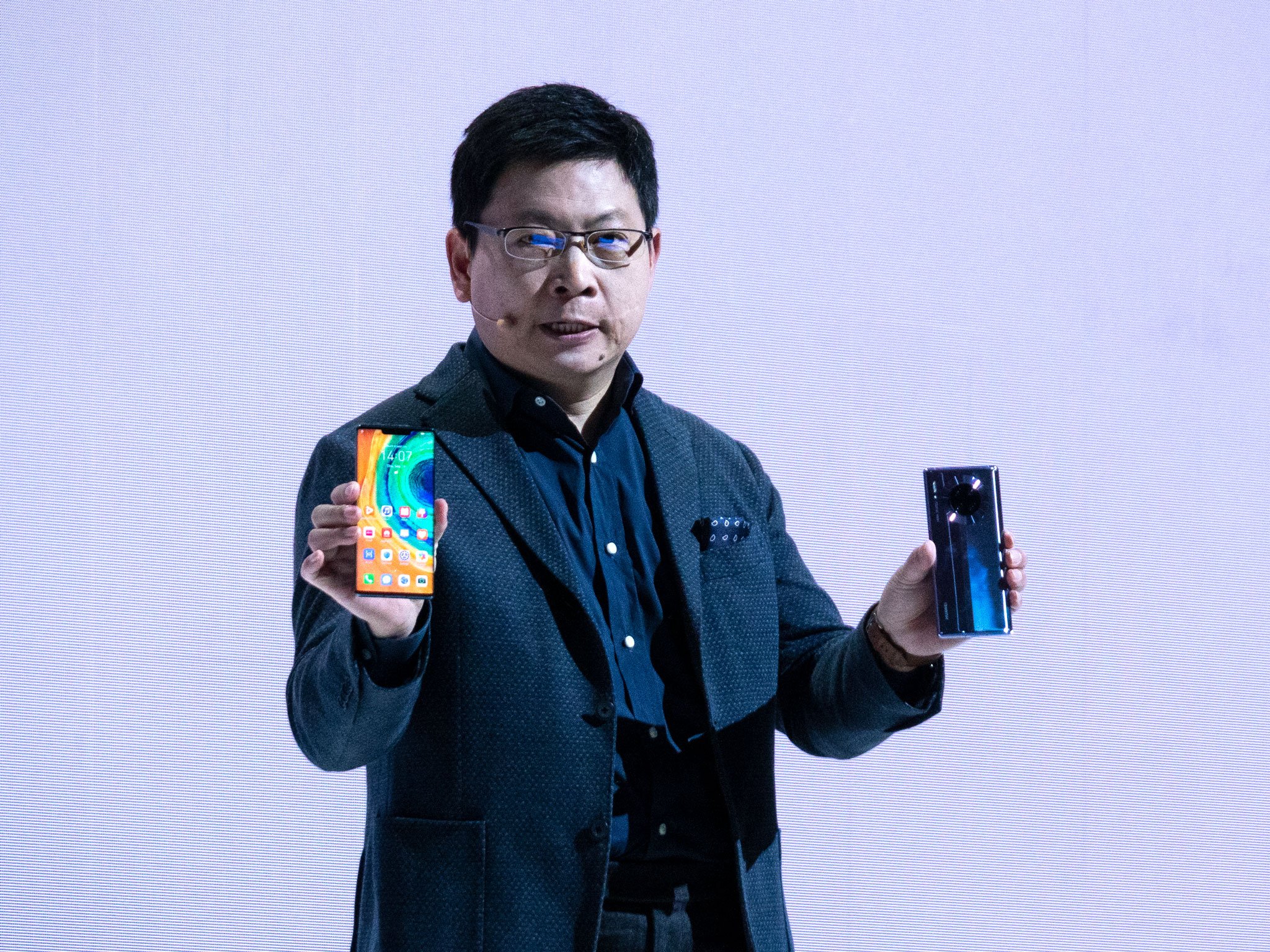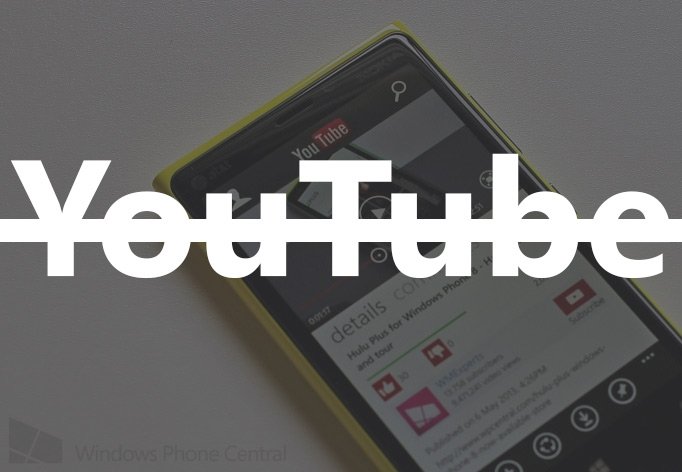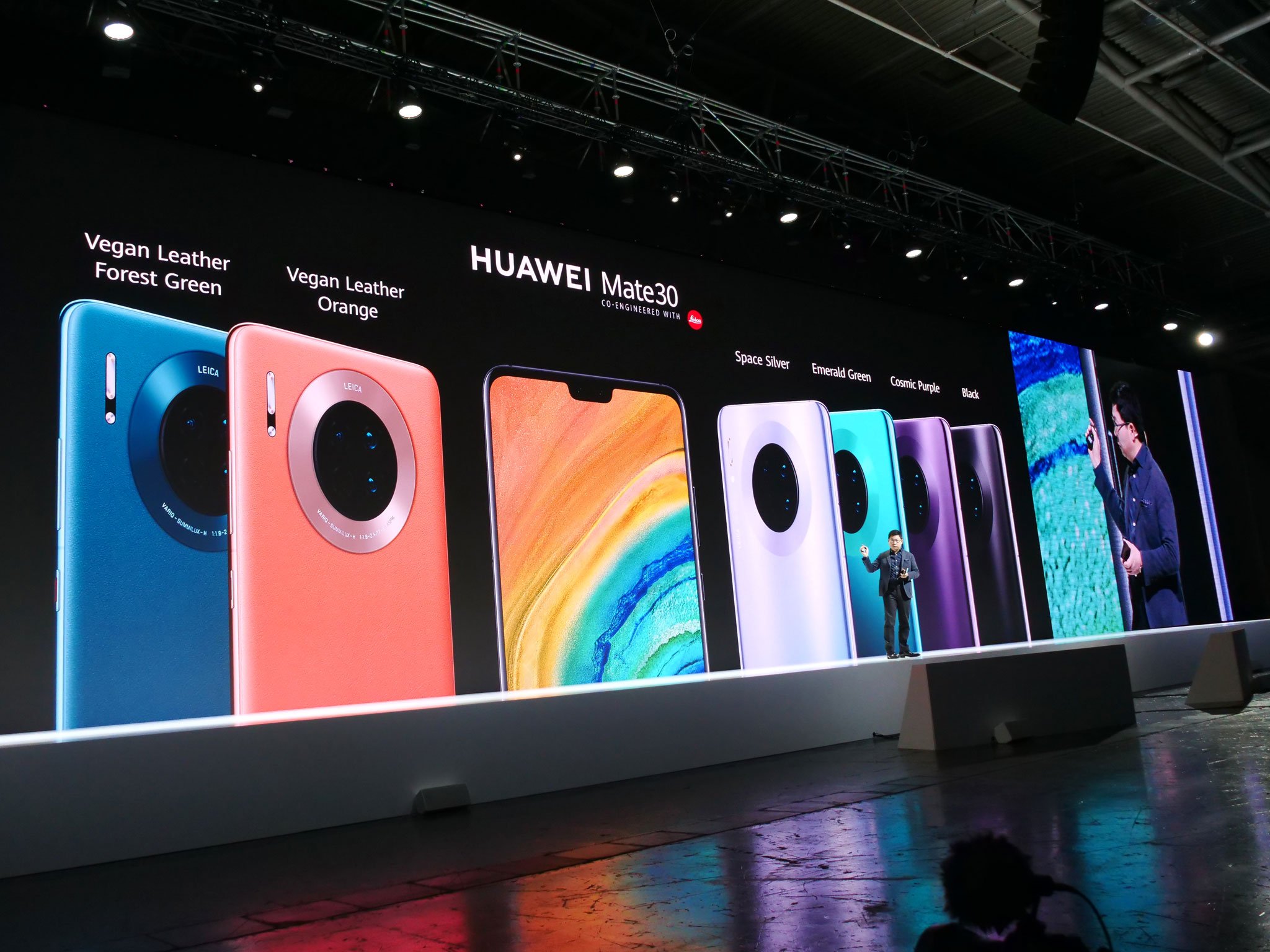Huawei's Mate 30 Pro ditches Google services – is that interesting for ex-Windows Phone users?
Without any Google apps or Play Store does the Mate 30 could be an option for those who dislike Google

Huawei finally unveiled the highly leaked Mate 30 Pro (and Mate 30) today. The phone rocks some of the most impressive hardware on the market including two 40MP cameras (one regular, one wide) and an 8MP telephoto shooter that comes from the P30 Pro. There's also 5G, 27W wireless charging, 3D face unlock, virtual side buttons, and the powerful new Kirin 990 processor.
Perhaps the most interesting part is how Huawei cannot sell the phone with Google services, including the Google Play store. The reason for that decision stems from the U.S. Commerce Department's ban earlier this year that prevents American companies from providing technology to Huawei.
Selling a premium, high-end phone without Google services or the Google Play Store is quite a blow to what could have been the best phone of the year.
Ex-Windows Phone users are quite familiar with owning a phone in a Google-less world. Would such a phone appeal to some of that audience? Would the effort needed to make it functional in 2019 be worth it?

Huawei is not resting on its laurels, though. The company also announced it was going to drop a massive "USD 1 billion to encourage developers to build apps and get them marketed on Huawei phones outside China." Even revenue sharing will bump from 70 percent (what Google offers) to 85 percent.
Microsoft and Nokia tried a similar strategy with the Lumia line. However, the amount of money invested by both companies was never revealed. It seems safe to say though that it was never close to $1 billion (maybe over many years, but not in one shot). That money is a drop in the bucket for Huawei, but it does show they are serious about this effort.
Sideloading, custom ROMs, other app stores, and PWAs to the rescue?
A savvy user can, of course, "sideload" Google (and other) APKs on the Mate 30 Pro just like any Android phone – so technically this is not an issue for power users.
All the latest news, reviews, and guides for Windows and Xbox diehards.
There's also just the good ol' web. Many sites – including almost all of Google's – now support the progressive web app (PWA) model. That means users can "install" a website as an app to their phone. That will work for YouTube, Gmail, Google Photos, Google Maps, Instagram, Outlook, Facebook, and many more.

Huawei is also reportedly considering opening up the bootloader to allow custom ROMs - a reversal of a previous policy. That could open the door to many new ideas and options too. There'a also consideration being given to loading other third-party app stores from companies like Aptoide and F-Droid.
The idea though of a powerful, feature-rich phone running a Google-less Android 10 experience is captivating. Huawei's app store already has plenty of apps, but it is not entirely clear if it will be enough (probably not).
Part of me sees the romantic appeal (and irony) of a Google-less Android phone with top-shelf hardware. But the realist in me knows it will probably be quite challenging to get by without Instagram, WhatsApp, Google Maps, and presumably even Microsoft software like Outlook, Skype, and Office. Sideloading is a nice runaround, but then security and trust of the APK source is a concern.
For those reasons, I am not confident a Mate 30 Pro has any real chance outside of China for success. But I cannot also help to be fascinated by the idea and would like to give it at least a shot. Am I alone, or is a workable Google-less Android phone in 2019 just a pipe dream? Let me know.

Daniel Rubino is the Editor-in-chief of Windows Central. He is also the head reviewer, podcast co-host, and analyst. He has been covering Microsoft since 2007 when this site was called WMExperts (and later Windows Phone Central). His interests include Windows, laptops, next-gen computing, and wearable tech. He has reviewed laptops for over 10 years and is particularly fond of 2-in-1 convertibles, Arm64 processors, new form factors, and thin-and-light PCs. Before all this tech stuff, he worked on a Ph.D. in linguistics, performed polysomnographs in NYC, and was a motion-picture operator for 17 years.
